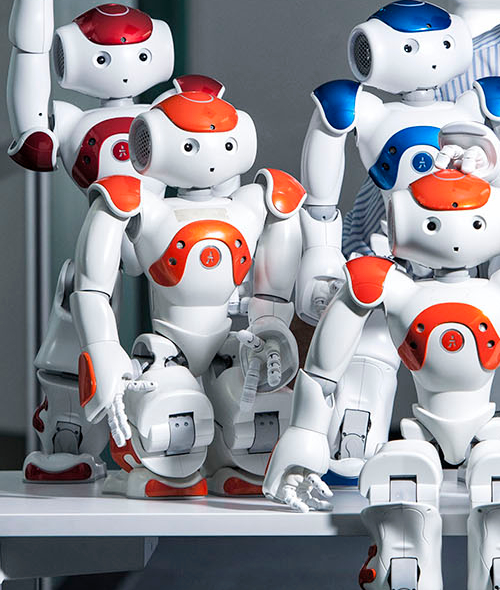Kids urged into robo-learning
 One of Australia’s top roboticists says there is no age limit on tech education.
One of Australia’s top roboticists says there is no age limit on tech education.
Dr Christina Chalmers from the Queensland University of Technology is a leading Australian authority on the teaching and application of robotics in classrooms.
She claims children from the age of four can start programming robots, rather than waiting for the higher years in schooling.
She says robotic coding is a growth area in industries including medicine, manufacturing and agriculture, which increases the demand on educators to keep ahead.
“It is really important that children have these skills early in life but we need to make it fun for them and think about how they can be creative,” Dr Chalmers said.
“Preliminary findings from a current study have shown even pre-school students have gone beyond simply playing games with a NAO robot.
“They've drawn pictures of their 'robot' classmate and been able to explain how the robot received its coded messages wirelessly.
“This involved quite complex conceptual thinking by four-year-olds as to how the robot's behaviour was being controlled.”
In 2016, coding and robotics was implemented into Queensland primary schools.
“Coding is basically telling a computer what you want it to do through step-by-step commands,” she said.
“Research tells us that if kids don't form positive attitudes towards science, maths and technology early in life they can find it difficult to engage later on.”
Dr Chalmers said robotics provided an engaging way for both students and teachers to work together.
“It arouses students' curiosity in a way that fosters problem-solving,” she said.
“They are allowed and even at times encouraged to fail in order to work out what went wrong and learn from their failures and share and develop their ideas with other students.
“Robotics activities are very effective because they are hands-on and students get immediate feedback on whether their robot and program works or not.”
Dr Chalmers is at the forefront of projects to integrate robotics into classrooms, including at schools in low socio-economic areas.
She says robots not only appeal to young children but are popular and motivating for university students.
“It provides a way of representing and understanding STEM [science, technology, engineering and mathematics] concepts in ways that could not be done with pen and paper,” she said.








 Print
Print